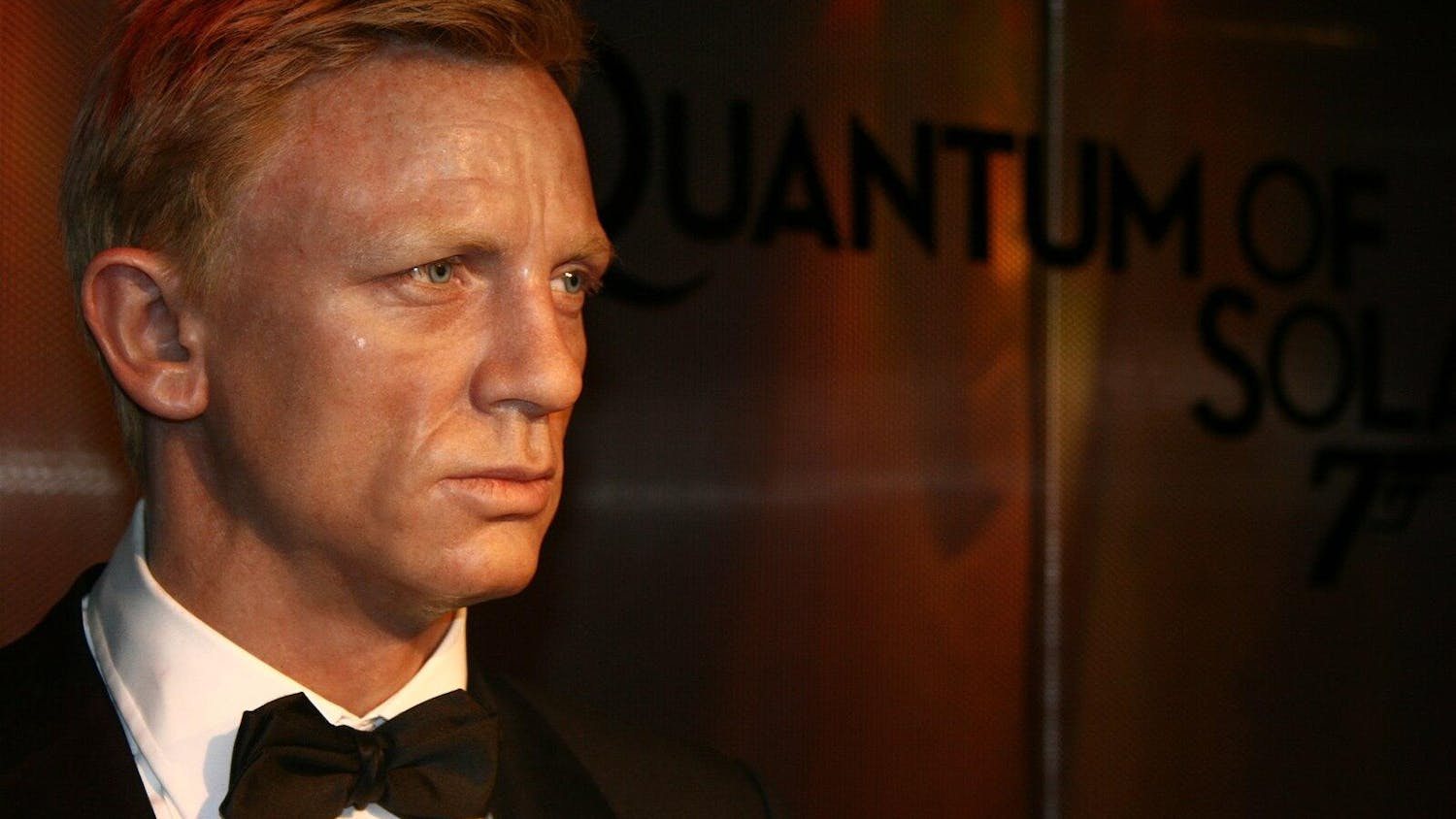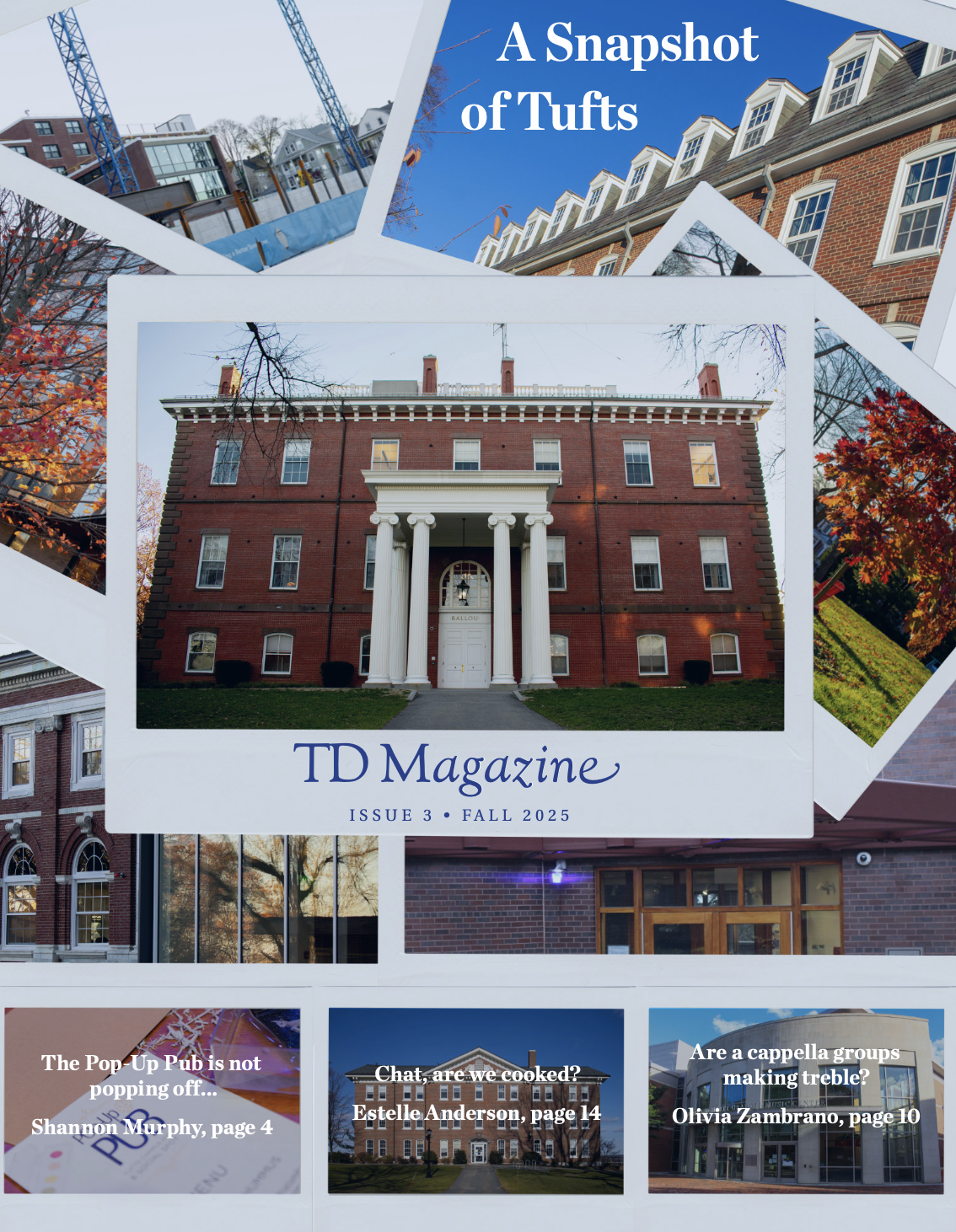When you sit down to watch “The Zone of Interest” (2023), the first thing you may question is the bitter blackness that chokes the screen. It is then complemented by the faint sound of chirping birds, rustling trees and then a deep-pitched overture. The screen remains static, as you stare into dark nothingness. It’s one of Jonathan Glazer’s trademark styles. And then you are whisked away into the depths of World War II, but it’s not quite the part you’d imagine. It’s not about suffering populations or brutal warfare. Instead, “The Zone of Interest” is a quiet tale; it moves slowly and meditates on the idyllic world between the suffering during the war and combat. In its brevity, it’s an incredibly ‘weird’ film. It’s one with no bounds of possibility, but which forces us to savagely believe whatever is shown.
The new work from Glazer is adapted from the 2014 novel of the same name by Martin Amis. The film’s narrative lies in the murky bowels of the Holocaust and is centered around a man named Rudolf Höss (Christian Friedel), the commandant of the Auschwitz concentration camp in Poland. He lives a seemingly cliché life of any authoritarian head under the ruling fist of Adolf Hitler, in a beautiful Eastern European house next to scenic rivers and forests. Yet, the estate he lives in is just beside Auschwitz. Rudolf, his five children and his wife Hedwig (Sandra Hüller) embrace the quaint beauty of a life away from political turmoil and battle but still steep in the riches of a life surrounded by fatality.
Before “The Zone of Interest,” Glazer crafted the film “Under the Skin” (2013), which gives a less-matured eye into his surrealist, acidic style of direction. Scarlet Johansson fronts the project as a woman who lures men into sexual encounters and sends them into another dimension — contrived from the extraterrestrial. Stylistically, the film, with a multiverse concept, is an introspective journey of unwavering traction. The characters embody strong emotions, while the film almost entirely lacks any dialogue-heavy sequences. These scenes, rooted in daunting silence, allow Glazer to show this world of darkness and endless abyss in a way that’s chilling and unvarnished.
In a more general sense, his films take these worlds that can be rather commonplace and rips away their layers to reveal the shocking innards of the characters and story. With “The Zone of Interest,” the intentions are no different. The film moves in the direction of any other historical drama but then plummets down a rabbit hole of science fiction, horror and full-throttle psychological brain trip.
The film embodies abstract themes behind the blanket idea of ‘war.’ “The Zone of Interest” can be identified, on the part of Glazer and Amis, as a repentant contrast to the story of Anne Frank. It’s about an unruly, indescribably vapid feeling of being thwarted from knowing what is truly going on in the world — or, in this situation, right next to you. There are notions of neglect and a lack of sensitivity that fester after years of sitting around tragedy, even to the point where it becomes dull. And even as Rudolf’s family survives within the climate of Auschwitz, something feels off. One watches as the family indulges in their developed, little enclave, embracing the comfort of bedsheets and bedtime stories while smoke towers out of the gas chambers less than a mile away. It sounds so preposterous, but Glazer’s directorial vision makes it seem possible.
And after the characters go to sleep, the surrealistic brilliance of Glazer rings out of the film. For instance, Mica Levi’s score, with a composition of noises and blaring string instrumentals, creates a terrifying backdrop to the visuals. The film utilizes artificial intelligence-enhanced images to allow us to see characters move around in the night. It’s startling, with the individuals remaining anonymous, and gives the audience a look into the strange events occurring around the setting. Other visuals, like the blank screens of black and red, create breaks in the film for viewers to digest themes and zero in on what makes the story so eerie to watch while the score booms in the background.
The most commendable component of “The Zone of Interest” is the gorgeous cinematography from Łukasz Żal. Every image, whether the camera is stagnant or moving, is gorgeously framed and grounded in an unsaturated color tone. Both elements are so necessary for what the film attempts to show with its grotesque plot. One of the most impactful frames moves with Hedwig as she angrily walks to confront Rudolf. As she walks, she moves past the fence of the camp, and you can see the battered buildings, synonymous with the ideas of fear and death. The camera reveals her small stature relative to the massive structures behind the wall, putting everything into perspective by showing everything the audience needs to see. It further sheds light on the idea that the oppressors will never manage to willingly get out of the frame of the oppressed.
Żal’s capture of the estate is also so intelligent. More specifically, the framing of the backyard: He tends to gravitate toward the usage of wide compositions to show every character in a scene and allude to the dynamics of the setting. It can even seem overwhelming with the eventfulness in so many of the backyard scenes featuring the children and adults. The visuals of the pool and the garden all feel so challenging to watch as they are so peaceful but always tend to be framed beside towering barbed wire fences and pillars of smoke.
The most prominent cinematic qualities of “The Zone of Interest” are surrealistic and even hypnotic, but they live in the shadow of so much death. Glazer’s film adapts the source material of a normal story into something so unsettling. It’s a horror film set in the middle of the Holocaust that’s not necessarily scary because of the Holocaust and isn’t exactly scary because of the people in it either. But, the way it’s told and presented somehow makes it more shocking than any movie to be released in the past few years.






